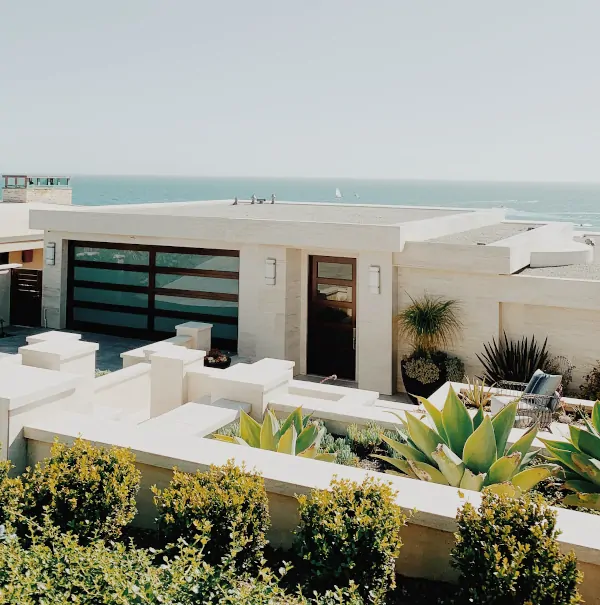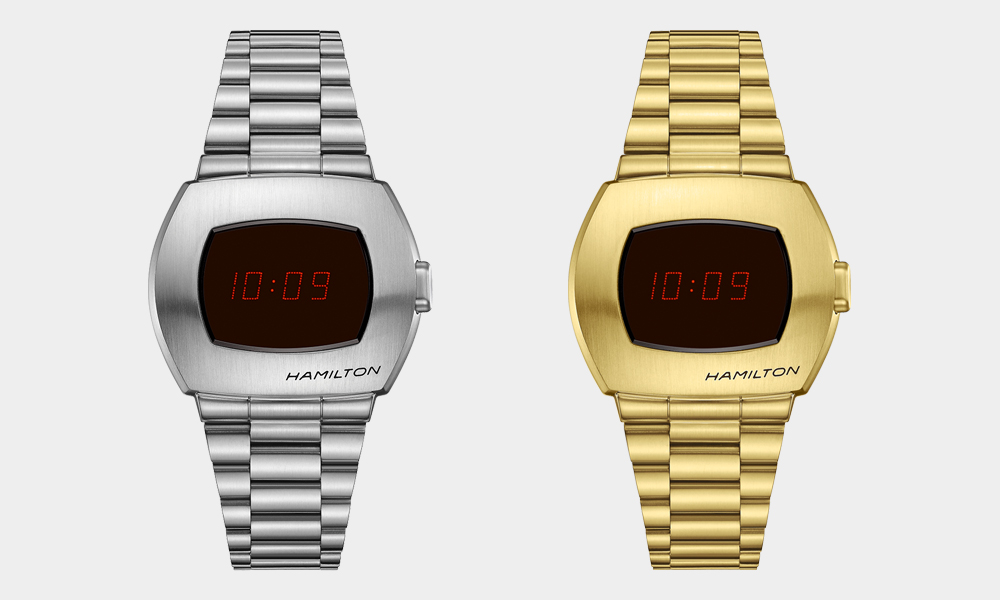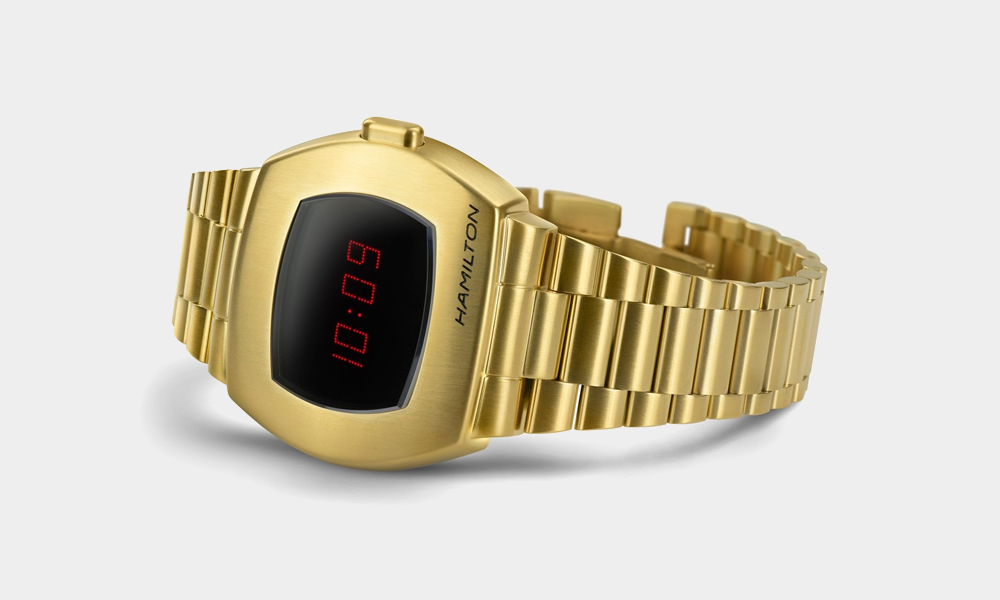The Pulsar Time Computer was the first commercial LED digital watch, and it created a firestorm with its red display. The gold version cost $2,100 or more than a Rolex at the time. Its short life (1970-1977) was abruptly ended thanks to cheaper, less energy-consuming LCD watches. The hype for the Pulsar Time Computer, however, was nothing short of astronomical. Even Roger Moor’s Bond wore one in Live and Let Die, which is a huge bragging point for any watch brand, especially so for a digital timepiece. Hamilton just created an eminently desirable issue called the PSR that comes in two formats, one stainless steel and one in gold PVD. The screen is now an OLED/LCD hybrid that keeps the pushbutton illumination feature (used on the original to conserve power), and it carries the same ethos as the 1970’s version. The gold PVD model will be limited to 1,970 pieces.
More Watches
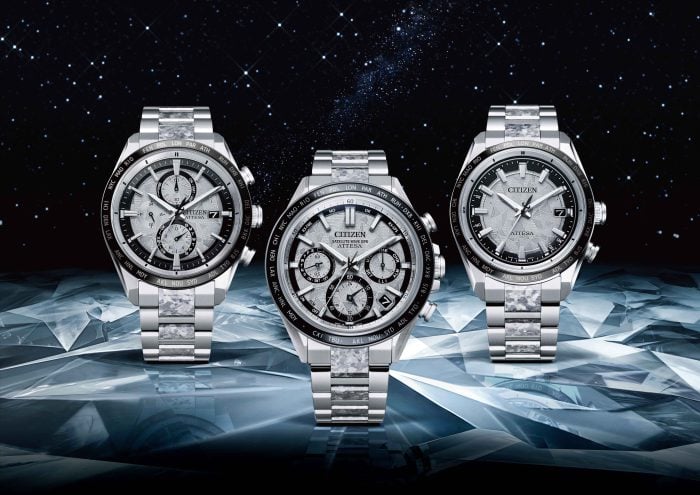
Are These the Most Underrated Watches of the Year?
Citizen’s newest luxury collections set a new bar for everyday excellence.
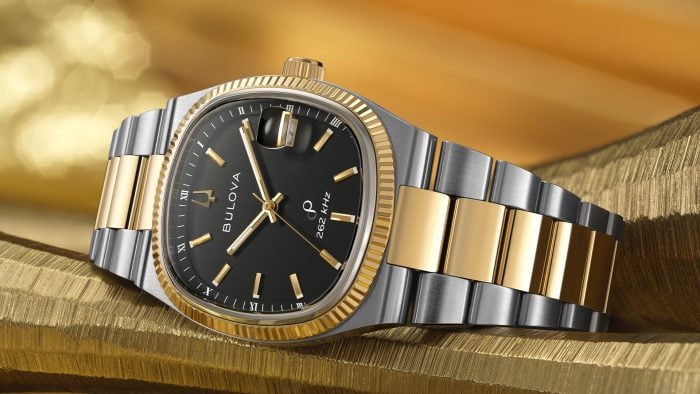
The 1970 Classic Just Got a 2025 Upgrade
Bulova brings back the Super Seville. With vintage charm and cutting-edge precision.

Good, Better, Bezel: How G-SHOCK’s G-STEEL Keeps Toughening Up Beauty
The brand that invented unbreakable style just made its two most iconic watches even sharper.
